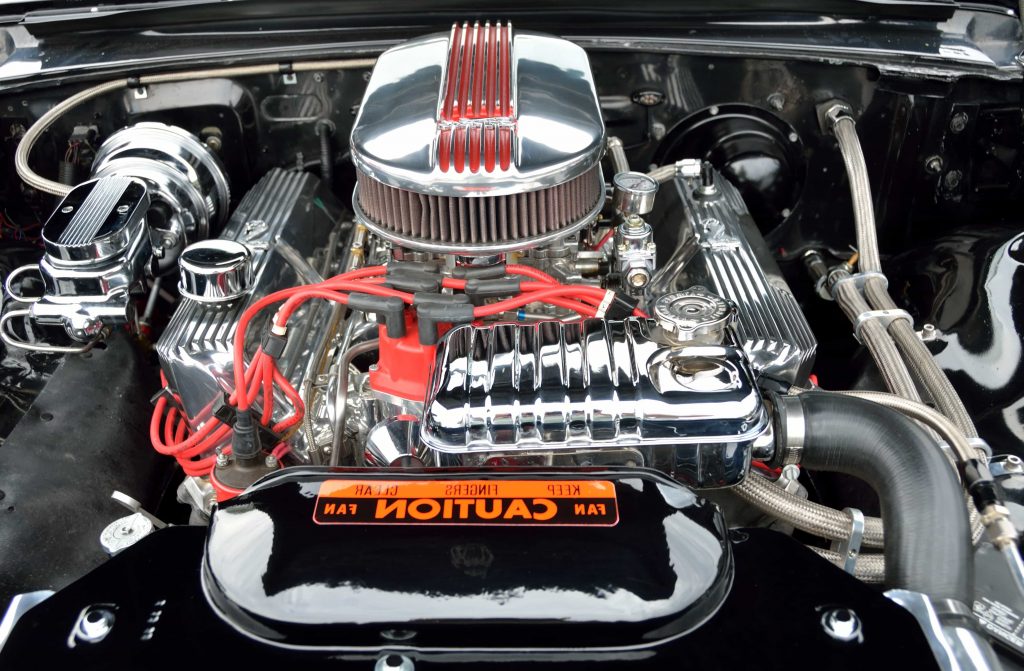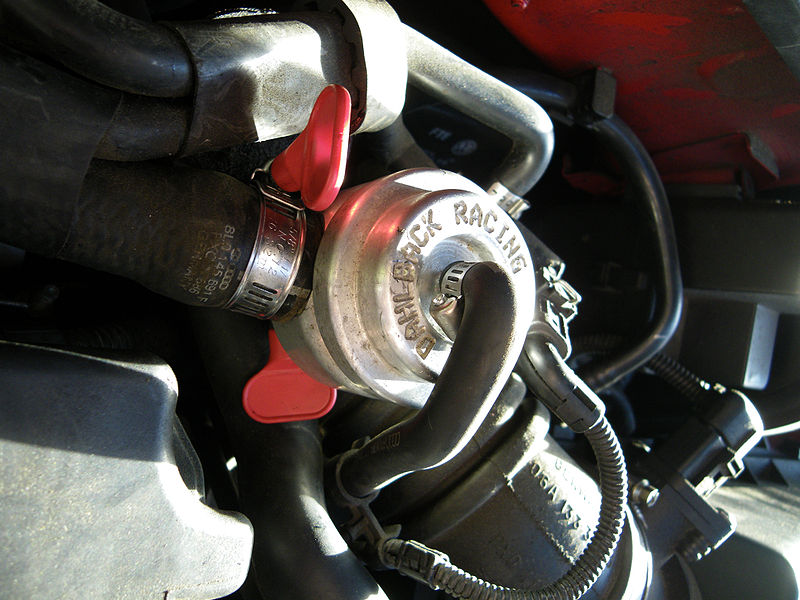Contents
– Turbocharger solenoid valve: what is the purpose of the turbocharger?
– What is the role of the turbocharger solenoid valve?
– What are the malfunctions of the turbocharger solenoid valve?
– How to get and replace a solenoid valve?
The current trend of engine manufacturers to exploit an engine’s maximum performance makes the turbocharger a crucial element for a vehicle’s downsizing; the turbocharger solenoid valve controls it. If you like to tinker with your car, it’s best to know how the solenoid valve works.
Downsizing allows the specific power of a displacement (power per 1 liter (1,000 cm³) to increase from 50 horsepower for older generations of engines to 130 horsepower. Thus, the displacement is smaller (with the appearance of 3-cylinder engines), and the power/liter ratio becomes better, allowing a reduction in CO2 emissions.
Turbocharger solenoid valve: what is the purpose of the turbocharger?
The turbocharger is intended, like the positive displacement compressor, to increase the engine’s specific power and, therefore, the vehicle’s power. It is placed at the engine outlet, driven in rotation using exhaust gas flow from the engine’s combustion. The turbocharger compresses the intake air for better filling and combustion of the engine.
It is necessary to limit this air intake pressure to avoid the risk of turbo failure caused by excessive rotation speed. The pressure is regulated by a bypass valve (called a wastegate) integrated into the turbo. When the pressure reaches its maximum value, this valve diverts the exhaust gases to no longer drive the turbo, thus lowering the intake pressure.
What is the role of the turbocharger solenoid valve?

The role of the turbocharger solenoid valve is to control the wastegate pneumatically (with a vacuum). To do this, it is electrically controlled by the engine control unit, which manages the turbo pressure regulation.
The solenoid valve is a plastic block consisting of an electromagnetic coil and an air valve. It has two functions:
– Electrical function. The engine ECU sends an electrical impulse to an integrated coil creating an electromagnetic field that activates a core (or spool). As it moves, it opens the pneumatic circuit and controls the wastegate.
– Pneumatic function. The air valve, connected on one side to a vacuum source (vacuum pump, also used for braking assistance), controls the wastegate via a rubber tube. When there is a vacuum in the system, the valve is closed, and the turbo is driven. Thus, in the event of accidental vacuum suppression, the wastegate opens, neutralizing the turbocharger.
What are the malfunctions of the turbocharger solenoid valve?
Solenoid valve malfunctions can be electrical or pneumatic.
Malfunctions in the pneumatic circuit
Do you notice that the turbocharger stops and that the engine management computer limits the speed? It is undoubtedly because the core no longer performs its air valve function. It would help if you then replaced the solenoid valve.
There are other possibilities leading to a malfunction of the pneumatic circuit:
– stoppage of the air vacuum production (vacuum pump) ;
– pierced air connection hose;
– pierced bypass valve membrane.
Malfunctions of the electrical circuit
Do you also notice that the engine management computer limits the turbocharger stops and the engine speed? This time, it is the solenoid valve coil that is at fault. It would help if you replaced it.
Note: the electrical resistance of the solenoid valve winding usually is 15 to 25 Ω.
There are other possible causes of a lack of power supply:
– the positive power supply is missing (fuse, relay…) ;
– the ECU does not authorize the operation of the turbocharger for various reasons (example: the sensors send it incoherent information);
– the wiring harness is faulty.
Note: on some vehicles, another solenoid valve exists next to the turbocharger solenoid valve (the EGR valve). It is possible to exchange them to verify that the turbo solenoid valve is indeed defective.
How to get and replace a solenoid valve?
New solenoid valves can easily be found in a manufacturer’s network (~ $60), at a car parts supplier (~$40), or on specialized websites ($20 to $30).
Good to know: always check the brand of the part. Indeed, it must correspond to the original part or belong to a recognized brand.
Its replacement is also easy. Once the electrical connection, the air hoses, and the support are disconnected, it is generally easy to access the engine compartment.


1 comment
Thankyou for the tutorial. It would have been nice if there would have been a circuit diagram and pictures. I read it while checking my turbocharger. I have a vaccum solenoid which is connected to turbo actuator via a rubber hose. But my actuator rod just go down immediately when the engine is on. and there is no other response after increasing the rpm till 2500. when I remove the vaccum hose from actuator it gets back to its top position.the vaccum solenoid is 2 wire. one have 12v and the other is constantly giving 2.4v. On the actuator side one wire have 5v. it’s 3wire , nothing seems to be measuring on the other two wires.
Could you please advise on this issue. Appreciate your support. Let me know if you would like to know any further details. I have a VW Polo 1.5tdi diesel car.